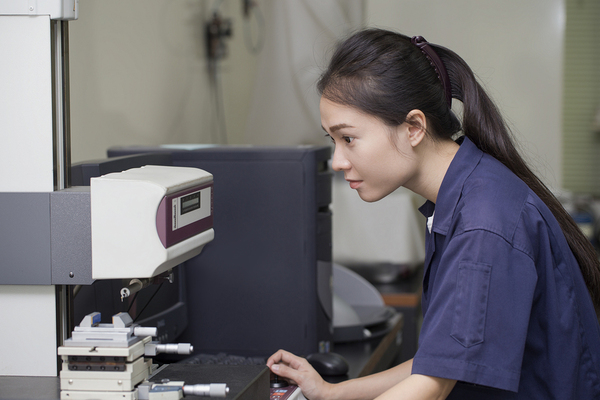Life After An Aerospace Engineering Degree
 After earning an Aerospace Engineering Degree…
After earning an Aerospace Engineering Degree…
Once you earn your aerospace engineering degree, have you ever wondered what life will be like after graduation? What is a day like for an aerospace engineer? Of course, there are many specialties in aerospace engineering. So a typical day could look very different, depending on your role and the company for which you work. Here’s how a typical day might look for an aerospace engineer. Allowing for some variation in the specialty.
9:00 a.m.
Since you’ve determined that your creative juices flow best first thing in the morning, you spend the first part of the day in the lab at the commercial spacecraft manufacturing company where you work. You test a new prototype for a space toilet that rapidly composts its contents under zero gravity to see how it will perform. Then you tinker with the composter to see if you can get it to produce less heat during the process.
The toilet may also have applications for camping, RVs, and ships. Once adjusted for gravity (it won’t need any gentle suction like it would in space). You are excited for the project to be completed. But soon your lab time is up for the day and you need to move on to other aspects of the job.
10:30 a.m.
Meet with your team. You are building a brand new spacecraft that may be taken to Mars on a future (manned) NASA mission. Several private companies are competing to be chosen to build the spacecraft. Your company is pulling out all the stops to make your prototype as top-notch as possible.
12:00 p.m.
Your alumni association is having a luncheon to honor exemplary contributions in the field of aerospace engineering. One of your former classmates who works for SpaceX is being honored. Elon Musk’s startup is slated to begin private trips to the moon and international space station for tourists in the next few years. Your colleague is working on how to make the experience more user-friendly and pleasant for the wealthy, well-traveled tourists who make up the market niche.
At the luncheon, you network to see who might be looking for a position with your company so that you can recommend candidates to your boss. Your employer has started offering significant rewards for successful referrals so that it can hire quality engineers to help keep up with demand.
1:00 p.m.
It’s back to work. You will spend the afternoon drafting a proposal to NASA for another project your team has in development. It is too top secret to even write about here. The proposal gets technical. So you reach out to another team member and discuss it further, then continue to work.
3:30 p.m.
For the last part of the day, you participate in a training related to some work your team wants to do in the future for another government organization (not NASA). There are several technical requirements to fulfill. This is typical when working with governments. You come away from the meeting unsure whether your team can give the organization what it wants. But you know you will give it your best shot and see what happens.
5:00 p.m.
There are no pressing deadlines looming. So your workday ends at 5:00 p.m. But you have been known to put in overtime to get something finished when needed.
Interested in becoming an aerospace engineer? Then it’s time to get your aerospace engineering degree. Florida Institute of Technology offers an Aerospace Engineering degree program that allows students to specialize in either aircraft or spacecraft engineering. Learn more about our Aerospace Engineering program and what you can do with a degree in this field.
%CODE1AEROSPACEENGINEERING%






